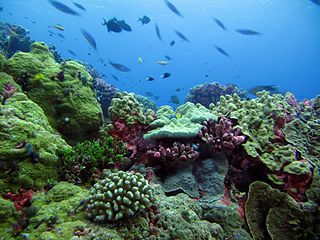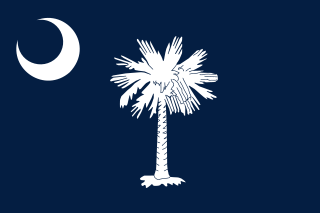
The northern bobwhite, Virginia quail or bobwhite quail is a ground-dwelling bird native to Canada, the United States, Mexico, and the Caribbean. It is a member of the group of species known as New World quails (Odontophoridae). They were initially placed with the Old World quails in the pheasant family (Phasianidae), but are not particularly closely related. The name "bobwhite" derives from its characteristic whistling call. Despite its secretive nature, the northern bobwhite is one of the most familiar quails in eastern North America because it is frequently the only quail in its range. Habitat degradation has likely contributed to the northern bobwhite population in eastern North America declining by roughly 85% from 1966-2014. This population decline is apparently range-wide and continuing.

The New World quails or Odontophoridae are small birds only distantly related to the Old World quail, but named for their similar appearance and habits. The American species are in their own family Odontophoridae, whereas Old World quail are in the pheasant family Phasianidae. The family ranges from Canada through to southern Brazil, and two species, the California quail and the bobwhite quail, have been successfully introduced to New Zealand. The stone partridge and Nahan's partridge, both found in Africa, seem to belong to the family. Species are found across a variety of habitats from tropical rainforest to deserts, although few species are capable of surviving at very low temperatures. Thirty-four species are placed in ten genera.

Bradfordville is an unincorporated community in northern Leon County, Florida, United States. It is 8 miles (13 km) north of Tallahassee and south of the Florida/Georgia state line by 8 miles (13 km) at the intersection of US 319 and County Road 0342. Elevation is 237 feet.

Tall Timbers Research Station and Land Conservancy is a research and learning facility located in northern Leon County, Florida, just off County Road 12 on the north side of Lake Iamonia. Tall Timbers researches the areas of fire ecology, resource management, forestry, game bird management, and vertebrate ecology.

The Red Hills or Tallahassee Hills is a region of gently rolling hills in the southeastearn United States. It is a geomorphic region and an ecoregion.
Upland hunting is an American term for a form of bird hunting in which the hunter pursues upland birds including quail, pheasant, grouse, woodcock, prairie chicken, chukar, grey partridge, and others. Upland birds tend to be found on the ground in heavy cover, so hunters generally employ the use of gun dogs to locate and retrieve game. The average group consists of 2-4 hunters with 1-2 dogs. Normally, if there is one dog the owner usually handles the dog while the others focus on shooting.

Oaklawn Plantation was a large plantation of 5326 acres (21½ km2) in northern Leon County in the U.S. state of Florida. It was established around 1850 by Captain William Lester of Burke County, Georgia.

Chemonie Plantation was a medium-sized cotton plantation of 1,840 acres (740 ha) in northern Leon County, Florida, United States established by Hector Braden.

The House Place Plantation was a small cotton plantation of 1,800 acres (730 ha) located in central Leon County, Florida, United States established by R.A. Whitfield.

Water Oak Plantation was a small cotton plantation of 1,840 acres (740 ha) located in northern Leon County, Florida, United States established by Richard Bradford.
Live Oak Plantation was originally a small cotton plantation of 1,560 acres (630 ha) located in central Leon County, Florida, United States established by John Branch who arrived in Florida in 1832 and served as Florida Territorial Governor while living at Live Oak for 15 years.

Welaunee Plantation was a large quail hunting plantation located in central Leon County, Florida, United States established by Udo M. Fleischmann.

Horseshoe Plantation is an 11,000-acre (45 km2) cotton plantation located in northern Leon County, Florida and established around 1840 by Dr. Edward Bradford, a planter from Enfield, North Carolina.
Quail hunting is a hunting sport. There are 21 subspecies of northern bobwhite, a ground-dwelling bird native to the United States, Mexico, and the Caribbean. Many of the common larger species are hunted as game birds.

Ring Oak Plantation is a large quail hunting plantation located in northeast Leon County, Florida.

Loveridge Plantation is a quail hunting plantation located in northern Leon County, Florida, United States and established by George H. Love. Loveridge began as 1,000 acres (400 ha) on the northwest corner of Lake Miccosukee. In 1956, Love acquired an additional 10,500 acres (4,200 ha) of Sunny Hill Plantation from the estate of New Jersey Governor Walter E. Edge.

Foshalee Plantation was a large quail hunting plantation located in northern Leon County, Florida, United States.

Norias Plantation is a small quail hunting plantation located north of Lake Miccosukee in northeastern Leon County, Florida, United States.

Woodfield Spring Plantation was a large quail hunting plantation in northern Leon County, Florida, United States.

Tall Timbers Plantation was a quail hunting plantation located in northern Leon County, Florida, United States established by Edward Beadel in 1895.






















